
Universidade Fernando Pessoa
Porto, Portugal

Seismic-Sequential Stratigraphy
Significance of Geometrical Configurations
The morphology of the boundaries of stratigraphic cycles can be used to interpret depositional environments. Facies (lithology) predictions require a wider geological and geophysical understanding, as we will see later. However, as all geologists know, the lithology encountered in onlapping and progradational seismic intervals varies according to (i) the water-depth, (ii) the balance between rate of sedimentary supply and (iii) the rate of relative change of sea level, which, in turn, is controlled by the subsidence and the global eustatic variations. A few typical possibilities will be reviewed.
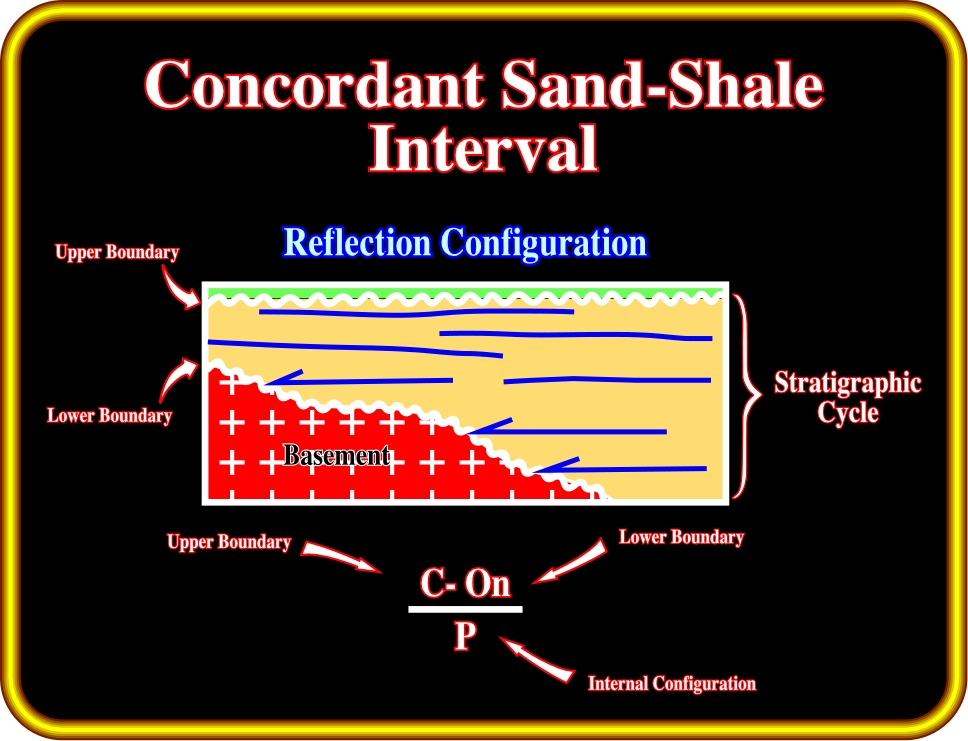
Plate 245 - The upper members, that is to say, C and On correspond to the geometrical relationships associated with the upper and lower boundaries of the interval, while the lower member describes the internal configuration of the interval.
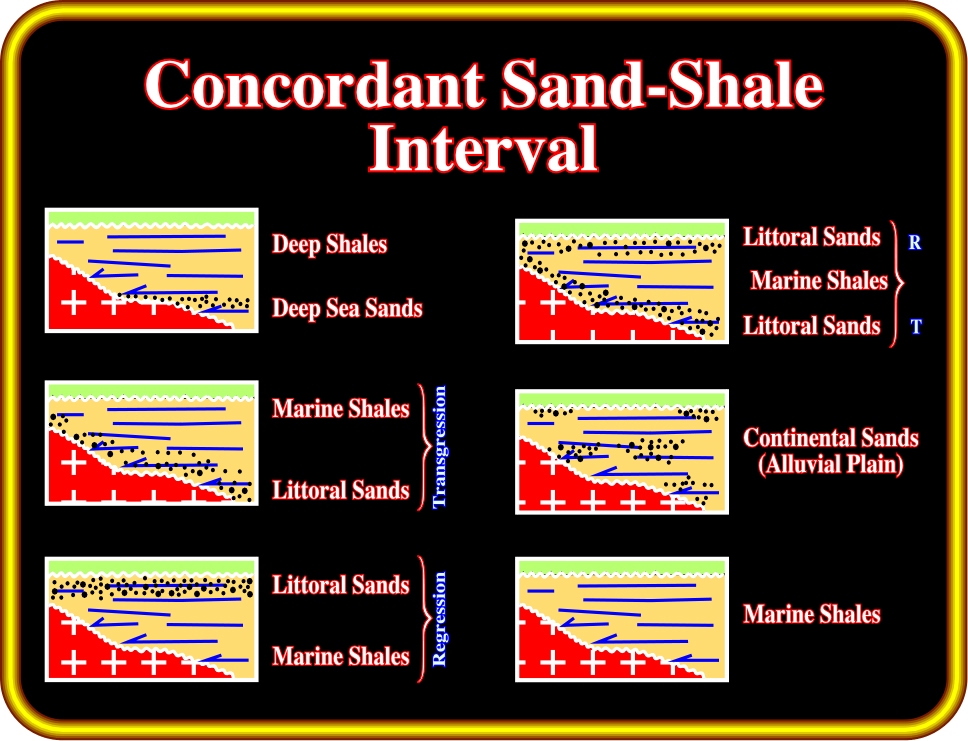
Plate 246 - A parallel internal configuration strongly suggests a shallow or a deep water depositional environment. If a slope environment (oblique or sigmoid internal configuration) is found updip, the interval is a deepwater one. In contrary, when a continental slope is found downdip, the interval with a parallel configuration is shallow water, i.e., located landward of the shelf break.
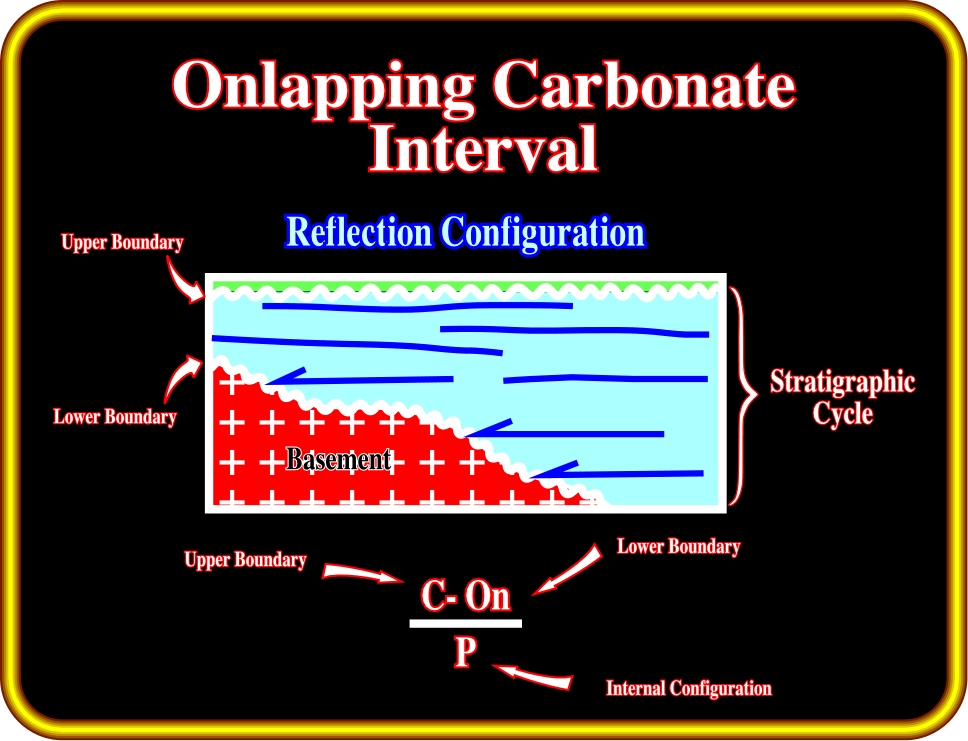
Plate 247- As in plate 245, the upper member of the reflection configuration formula, that is to say, C and On correspond to the geometrical relationships (reflection terminations) associated respectively with the upper and lower boundaries. The lower member denotes the geometry of the reflectors (internal configuration) of the interval.
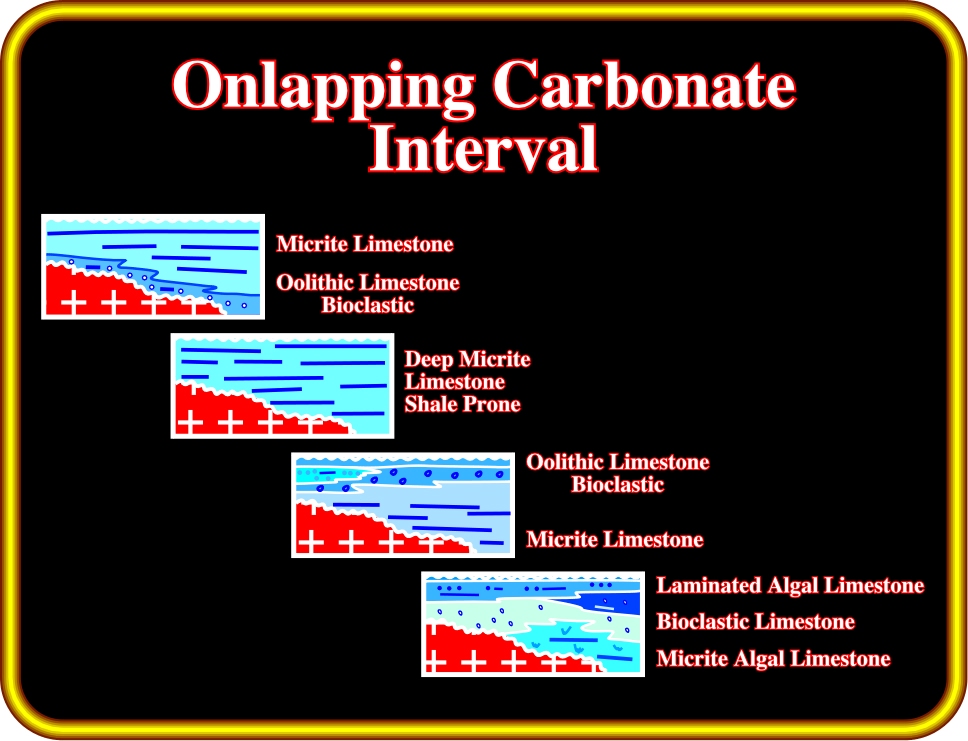
Plate 248 - Depending on the location of the continental slope, an onlapping carbonate interval {(C-On)/P} can suggest shallow-water or deep-water limestones. On seismic interpretation, as discussed previously, interpreters progress from the general to the particular. In other words, before concentrating on expensive and small size 3D data, explorationists should determine the regional geological context using regional 2D lines, on which the location of the continental slope, within the stratigraphic cycles, is generally possible and relatively easy to recognize, which is not often the case in 3D data.
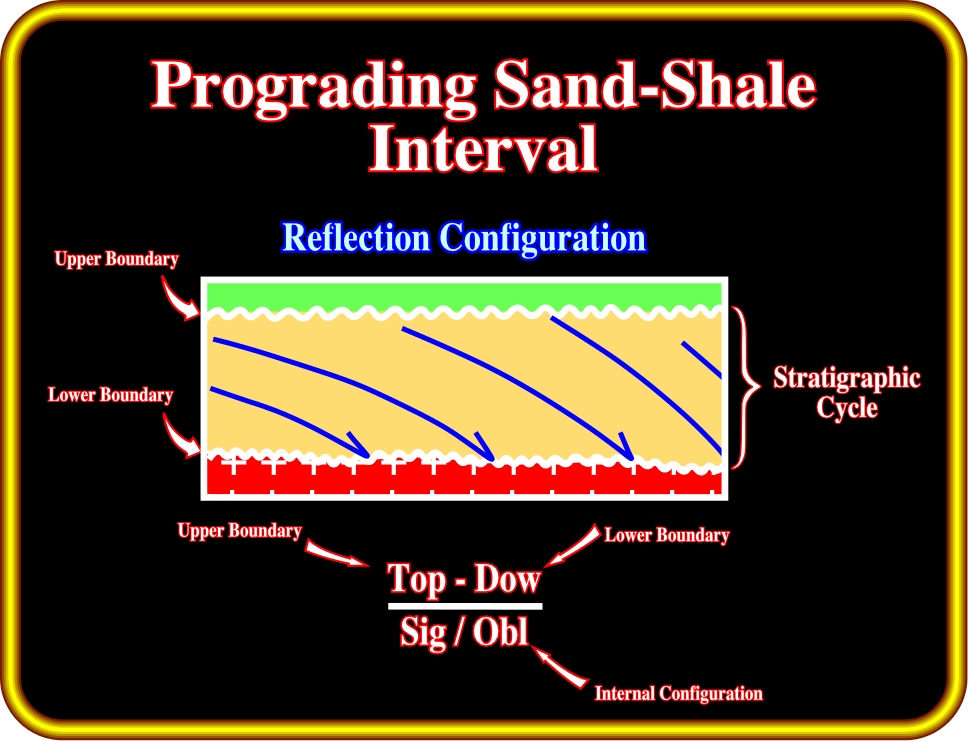
Plate 249 - In this reflection configuration, the upper member of the formula is toplap and downlap. The lower member, i.e., the internal reflection configuration, is either sigmoid or oblique. It is sigmoid when aggradation is significant and oblique when aggradation is relatively small.
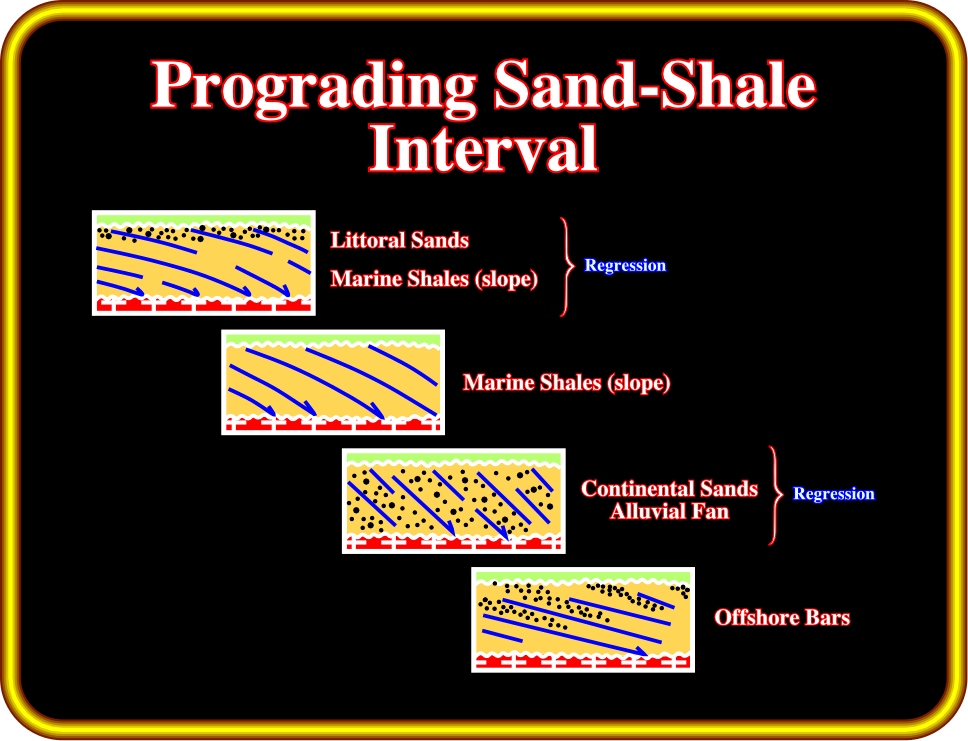
Plate 250 - Prograding sand-shale intervals can be found in all depositional environments. In continental slope environments, they are mainly composed by deep marine (slope) shales. Landward of the shelf break, they form mainly the regressive episodes. The sand facies is generally associated with the toplaps. Landward of the bayline (seaward limit of continental deposits), this configuration is often associated with alluvial fans, in which the distribution of the sand facies is quite chaotic.
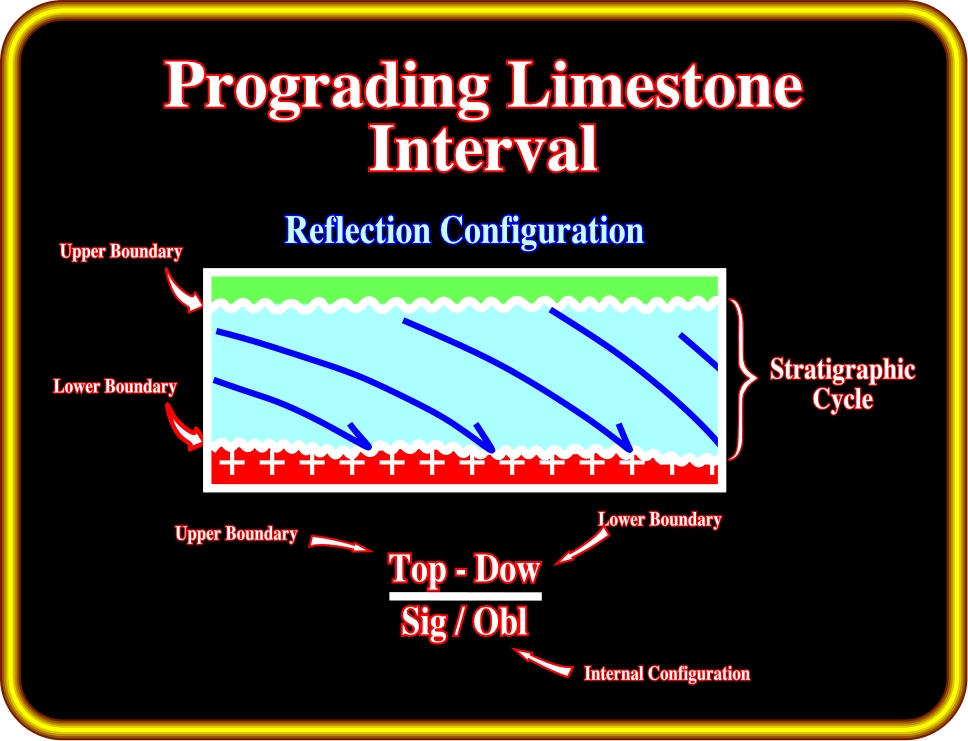
Plate 251 - On seismic lines, particularly in 2D lines, this reflection configuration is better recognized within limestone than in sand-shale intervals, since the angle of the calcareous progradations is higher. In other words, if you identify clear and evident progradations landward of the shelf break, it is more like to be a limestone progradation and not deltaic.

Plate 252 - As for shale-sand intervals, progradational limestone intervals are mainly associated with regressive episodes. Bioclastic limestones are generally associated with high-energy environments and so located in the upper part in connection with the toplaps.
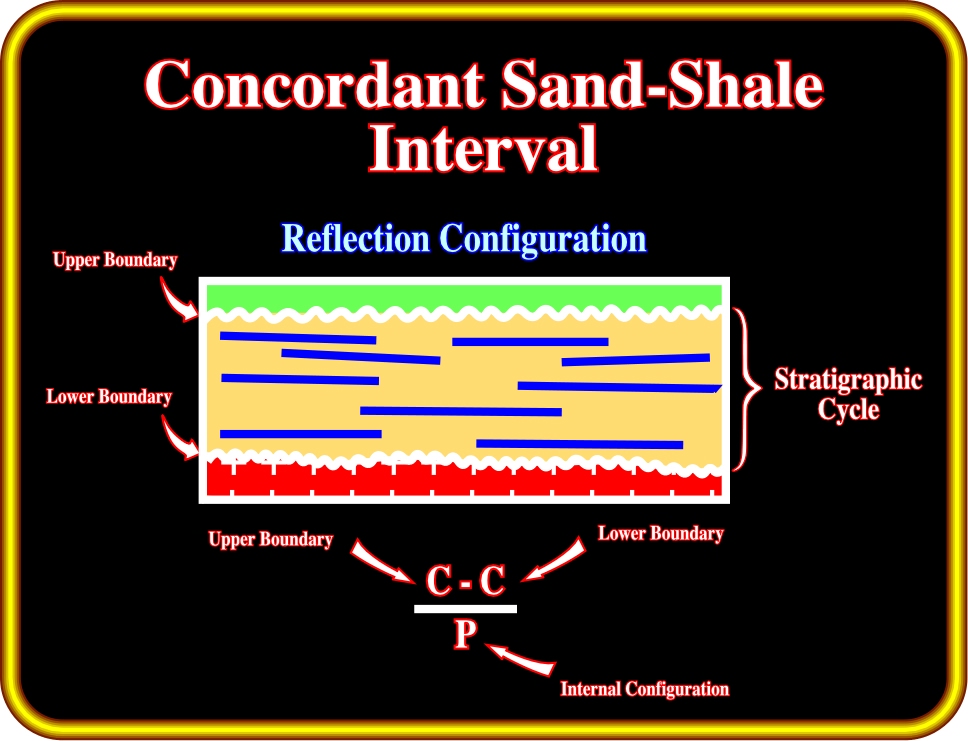
Plate 253 - The interval characterized by this type of configuration is difficult to recognize, particularly in short seismic lines, since its boundaries are not evident, particularly in deepwater seaward of the toe of the continental slope. However, the identification of incised valleys landward of the shelf break and canyons seaward allow the interpreter to better define such {(C-C)/P} intervals.
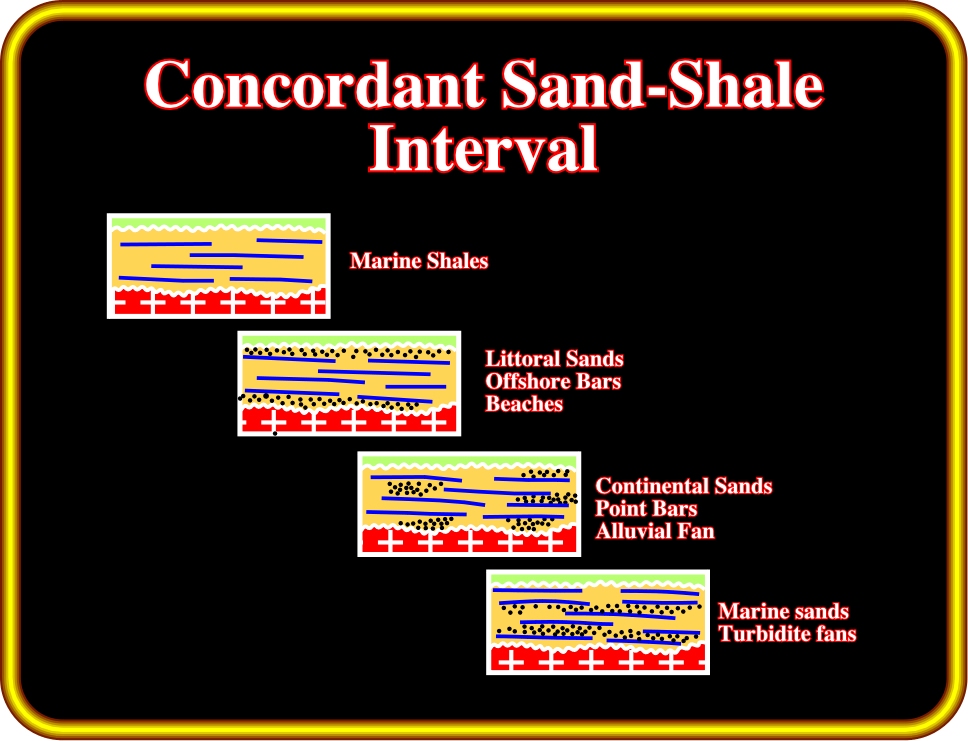
Plate 254 - Landward of the shoreline (roughly depositional coastal break), a {(C-C)/P} sand-shale interval corresponds often to point bars and meander belts, when located downdip of the bay line and to alluvial fans when located updip. In the shelf or near the depositional coastal break, such a geometry can be associated for instance with offshore bars or beach deposits. In deepwater, seaward of and downward of the slope fans, it it is generally associated with deep marine shales and turbidite depositional systems.
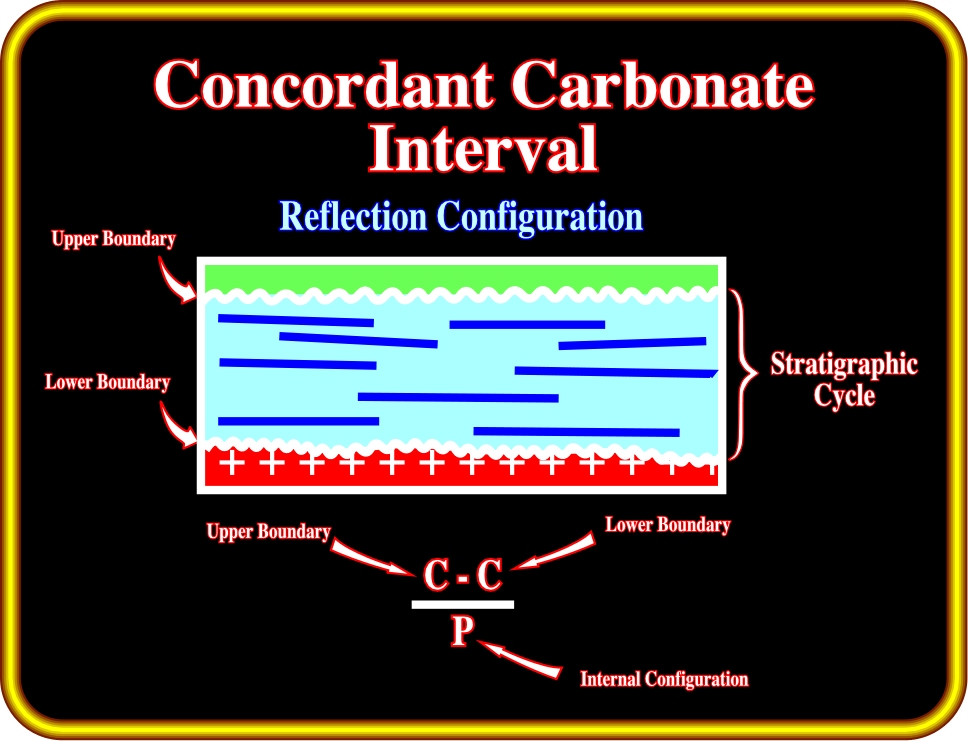
Plate 255 - When the facies is limestones, intervals with this type of reflection configuration are easier to recognize than the equivalent sand-shale intervals. This is particularly true when the upper and lower intervals are lower velocity intervals. In such conditions the unconformities bounding the interval are enhanced by seismic reflectors. A positive reflection above and a negative reflection below. On the other hand, as in the case of sand-shale intervals, the recognition of incised valleys or canyon strongly increase the accuracy of the location of the bounding unconformities.

Plate 256 - In a deepwater environment, the facies associated with a {(C-C)/P} limestone interval is generally a deep micrite limestone. In shallow environments, oolithic limestone and laminated algal limestone are possible. Generally, in a transgressive episode, from bottom to top we get often the following stacking: laminated algal limestone, oolithic limestone and micrite limestone because the water-depth increase. In contrary, in a regressive episode, as the water-depth decreases, from bottom to top, the normal succession is micrite limestone, oolithic limestone and laminated algal limestone.